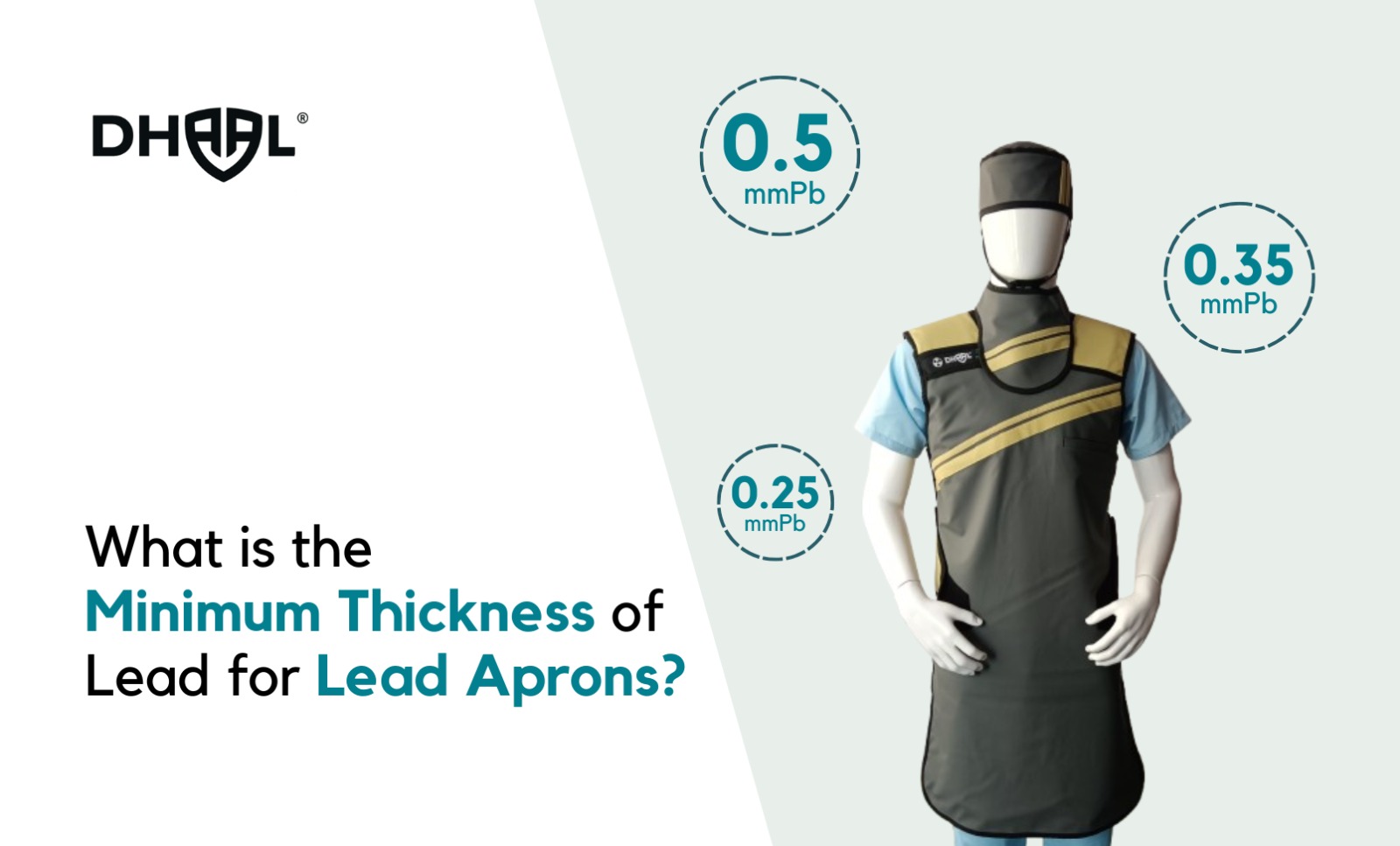
In the medical and radiology fields, lead aprons are essential pieces of personal protective equipment (PPE) designed to shield healthcare workers and patients from the harmful effects of ionizing radiation. One of the most frequently asked questions is: What is the minimum thickness of lead required for a lead apron to be effective?
Let’s dive into the standards, variations, and practical considerations for lead apron thickness.
Understanding Lead Aprons and Radiation Protection
Lead aprons work by absorbing and scattering X-rays, significantly reducing the amount of radiation that reaches vital organs. The effectiveness of an apron is largely determined by the lead equivalent thickness, which is a measure of its shielding ability in comparison to pure lead.
This lead equivalent can be achieved using pure lead or a composite material that mimics lead’s radiation-attenuating properties. Regardless of the material, the goal is to block a specific percentage of radiation based on the level of exposure risk.
Minimum Recommended Lead Thickness
According to international and national radiation safety guidelines, such as those from the National Council on Radiation Protection and Measurements (NCRP) and International Atomic Energy Agency (IAEA), the minimum lead equivalent thickness for lead aprons is typically 0.25 mm.
Here’s a breakdown of common lead apron thicknesses:
- 0.25 mm Pb: Minimum recommended thickness. Suitable for low-dose or partial-body exposure.
- 0.35 mm Pb: Offers improved protection and is commonly used in standard diagnostic imaging.
- 0.5 mm Pb: Standard for high-risk exposure areas, such as fluoroscopy or interventional radiology.
In general:
- 0.25 mm Pb aprons block about 90-95% of scattered X-rays at typical diagnostic energies.
- 0.5 mm Pb aprons block up to 99% of scattered radiation.
Choosing the Right Thickness
The choice of lead apron thickness should be based on:
- Type and frequency of radiation exposure
- Duration of exposure
- User mobility and comfort needs
- Regulatory or institutional requirements
For example, in dental X-rays or routine radiography where exposure is minimal, 0.25 mm may suffice. However, in settings like cardiac catheterization labs, 0.5 mm thickness is often mandated due to prolonged exposure times.
Lightweight Alternatives
Modern advancements have led to the development of lead-free and lead-composite aprons that offer equivalent protection at reduced weight. These materials often meet the same thickness standards (e.g., 0.25 mm or 0.5 mm Pb-equivalent) but are much easier on the wearer’s body over long shifts.
Final Thoughts
The minimum lead equivalent thickness for lead aprons is 0.25 mm, but this is often just the starting point. For enhanced safety, particularly in higher-radiation environments, 0.35 mm and 0.5 mm options are preferred.
When selecting a lead apron, always balance protection with comfort and consult your institution’s radiation safety officer to ensure compliance with safety regulations.



